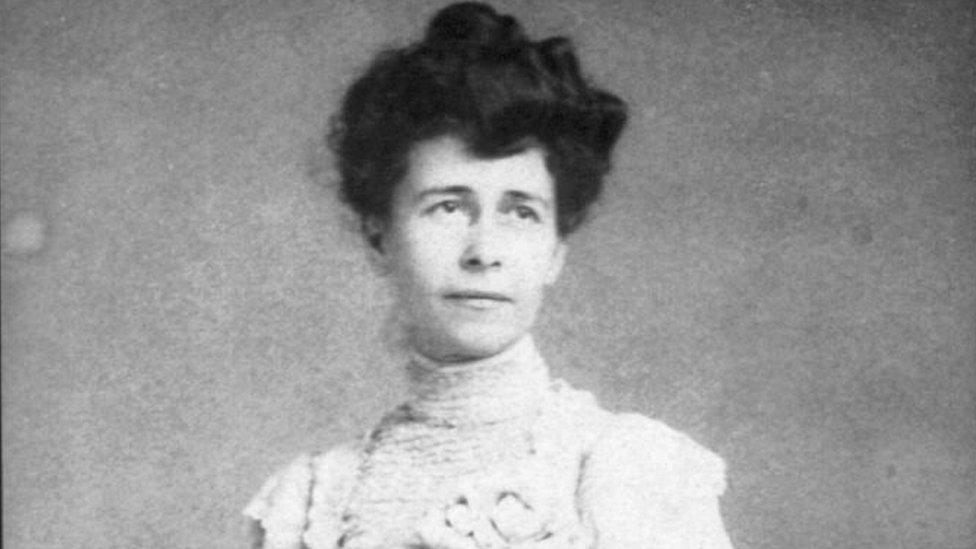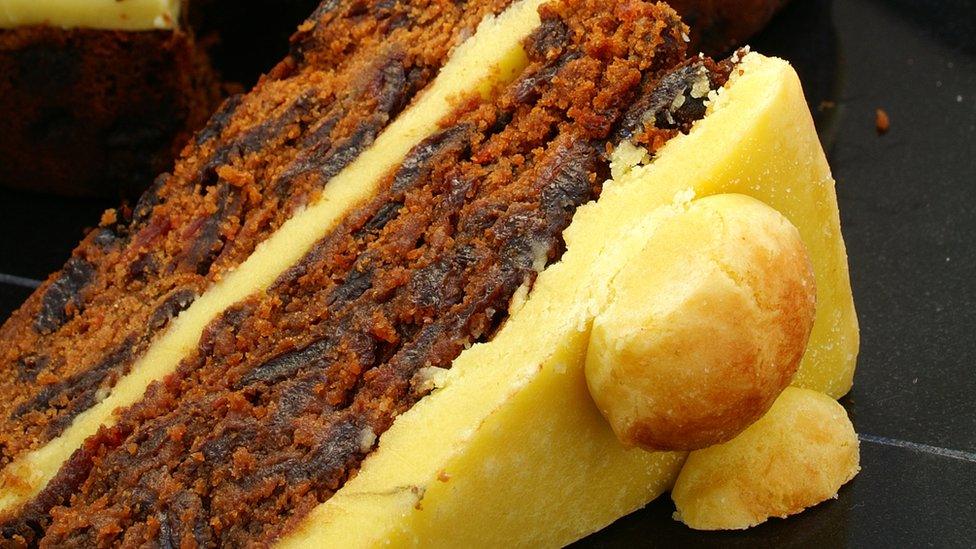Mother's Day: When is it celebrated and where did Mothering Sunday come from?
- Published
Your Mother's Day messages
Mother's Day is a special day honouring mothers and mother-figures.
It's celebrated in lots of countries throughout the world, and is also known as Mothering Sunday.
This year it falls on Sunday 10 March.
Read on to find out more about where the tradition of Mother's Day in the UK came from.
And if you're looking for ideas for how to make it special why not try our Mother's Day makes.

This illustration from 1908 shows three children about to surprise their mother for Mother's Day - the eldest of the three knocks at the door and will read a poem, the second one is carrying a cake for her, while the youngest is bringing a gift of a jar of four-leafed clovers
History of Mother's Day
During the Middle Ages, the custom developed of allowing people who had moved away from where they grew up to come back to visit their home or 'mother' churches, and their mothers, on the fourth Sunday of the Christian festival of Lent.
At the time, it wasn't uncommon for children to leave home to work when they were as young as 10 years old, so this was an opportunity for families to meet up again.
This became Mothering Sunday in Britain. As the dates of Lent vary each year, so does the date of Mothering Sunday.
Although it's often called Mother's Day in the UK, it has no connection with the American Mother's Day.

In the US Anna Jarvis was the inspiration behind Mother's Day.
How is Mother's Day celebrated in other countries around the world?
In the US, Mother's Day is celebrated on the second Sunday of May each year.
The idea started in America when a woman called Anna Jarvis held a small memorial service for her own mother on 12 May 1907.
Soon after, most places in America were observing the day and in 1914, the US president made it a national holiday, celebrated on the second Sunday of May.
However, by 1920 Anna became angry at how companies were using the holiday as a way to make money off people by buying gifts, and even campaigned against the government to remove it from the calendar all together.

Why is Mother's Day on different dates in different countries?
Mother's Day is at different times of the year and based on different seasons across the world.
In Ethiopia mothers are celebrated during Antrosht - a three-day festival held at the end of the rainy season in early autumn.
As the weather clears, family members come together and have a large meal of vegetables, cheese and meat, and celebrate by singing and dancing together.
In Japan, Mother's Day was originally celebrated on 6 March - as this was the birthday of Empress Kōjun - however, in 1949 it was changed to the second Sunday in May.
For many mothers around this time, the day was a way to help comfort mothers who had lost their sons from fighting in World War II and traditionally, carnation flowers were given as gifts.
In Mexico, Día de Las Madres is celebrated on 10 May, and is a big deal! People take their mothers out for a meal at restaurants, and mariachi bands will sing songs to them like "Las Mananitas."

Simnel cake has been traditionally associated with Mother's Day
Traditional Mother's Day foods
The food item traditionally associated with Mothering Sunday is Simnel cake - a type of fruit cake with two layers of almond paste (one on the top and one in the middle).
These days, Simnel cakes are more associated with Easter.
Many churches hold Mothering Sunday services and flowers are given out to children to give to their mums.
- Published13 March 2021

- Published22 March 2020

